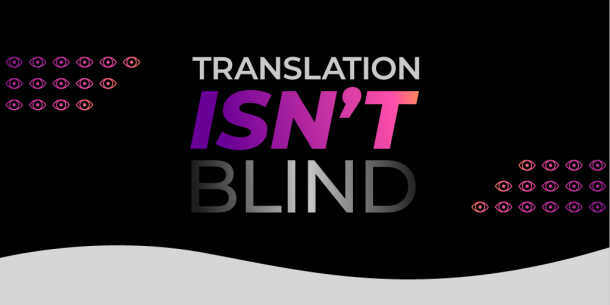Technology vendors are valuable friends when building a business. They get basic utilities up and running quickly and offer innovations that level the playing field with your larger competitors.
As your business evolves, however, internal capabilities will eventually match or exceed the value provided by certain outside partners. Suddenly, you’ll have the technical talent to solve your own problem.
But should you?
Companies tend to confront this build vs. buy dilemma in one of three ways:
1. Always build
Some businesses blessed with ample IT resources will choose to build their own solutions on principle. They may doubt the quality or security of suggested third-party products, or perhaps they know their requirements are too complex to communicate to a vendor. In each case, control and customization are seen as the primary advantages.
This do-it-yourself approach may yield cost savings as well, but it’s not necessarily a given. Teams pursuing this strategy must acknowledge that unexpected delays, budget overruns, or even outright failures are all plausible outcomes. They may even have to buy a third-party product to bring them back on track if an in-house project goes far enough off the rails.
2. Always buy
Plenty of companies with sufficient IT resources are also consistent consumers of third-party technology. For some, it might be a question of specialization. Maybe they have recruited developers with a limited set of skills that only serve a few key scenarios. But for many more, the impulse to buy is about shifting a burden.
Instead of investing blood, sweat, and tears into building a solution that may or may not deliver the desired results, it may be better to outsource all that trial and error to a partner and leverage a product they have perfected. Let their customers do a bit of the vetting for you.
In addition to the obvious advantage of speed, this savvy approach also frees internal developers to focus on areas where their knowledge and skills will contribute the most value. However, these benefits have to weighed against any cost, quality, or security concerns that come with the deal.
3. Always ask
In an age when most business problems have a viable software-as-a-service solution, today’s companies are more frequently finding themselves in situations where both build and buy look like valid answers. As a result, many teams are defaulting to a policy of debate.
Extensive research, complex cost modeling, and nuanced analysis are becoming the new norm, forcing teams to support their plans with evidence-based arguments. This level of deliberation tends to yield smarter decisions, but companies must be careful with how much time they commit to the process. Sometimes weeks wasted in debate are more costly than an imperfect conclusion.
Solving For Translation and Localization
Smart technology is an absolute requirement for any localization strategy you hope to scale. Copying code snippets, assembling spreadsheets, and chasing emails won’t get you very far when trying to translate millions of words in multiple languages and formats.
At the very least, you’ll want a way to automate the collection, distribution, and delivery of content. But as your strategy expands and your content volume grows, tracking and reporting will become just as important as collaboration.
These capabilities can be built in-house, but it could take considerable time to replicate even the basic functionality of the market’s leading translation management platforms. Additionally, homegrown solutions will likely require significant modifications to support the content strategies you propose in future years.
As a result, companies that prioritize speed-to-market, scalability, and developer availability will likely choose to buy rather than build translation technology. And when they do, there’s one caveat to hold close while shopping.
Many translation technology vendors are also language service providers. Depending on their policies, those two business lines may be a package deal. In order to take advantage of their software tools, you may end up contractually obligated to use their translators as well.
This vendor lock-in scenario often leaves customers unable to optimize their localization strategy. If you like their translators, you may settle for subpar technology just to maintain the relationship. And if you aren’t pleased with translator performance, you face the switching cost of losing your entire software investment.
In order to get the best of both worlds, seek technology vendors who are flexible enough to welcome translators of your choosing.





